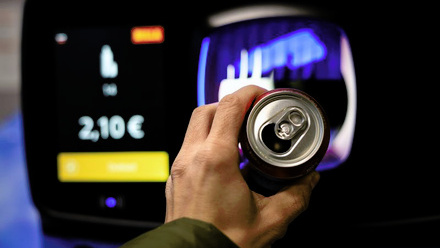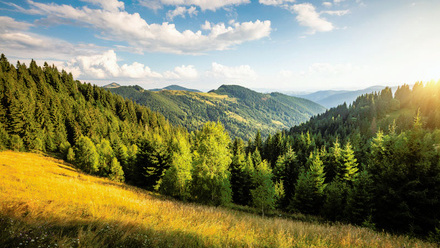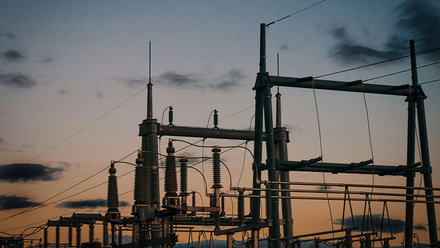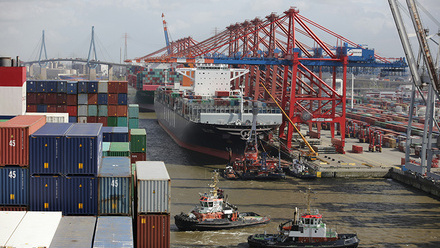Coating greenhouses extends fruit season
The spray coating optimises the wavelength of light shining onto plants in a greenhouse, improving their growth and yield.
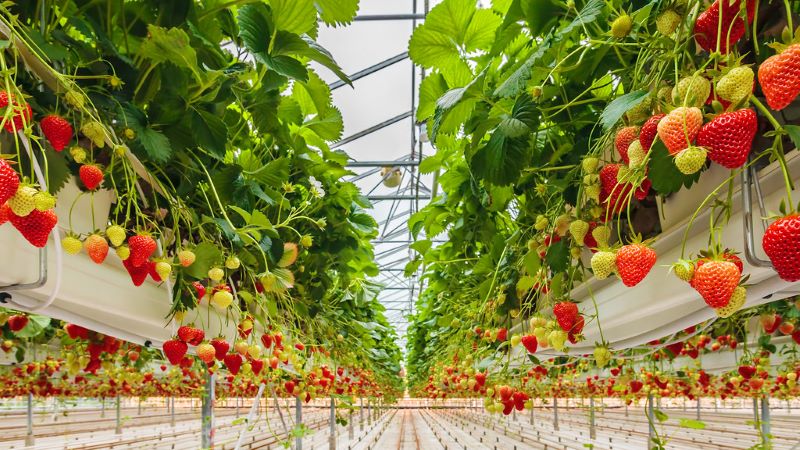
Scientists at the Universities of Bath and Cambridge, UK, working with commercial partner Lambda Agri, developed the coating to help tackle the relatively short growing season in Britain because of its climate and latitudes.
The technology could help extend the growing season in the UK, which relies on European imports for most fruit and vegetables, grown in vast, artificially lit greenhouses, using huge amounts of electricity.
Sunlight is a mixture of all the colour spectrum so much of the light that shines on plants is not used. Photosynthesis is most efficient at the wavelength of red light. Green light is the least efficient, which is why plants don’t absorb it and appear green.
The spray coats existing greenhouse glass like a varnish. This layer absorbs blue light from sunlight and converts it to red light, increasing the fraction of red light that can be used by the plants, which increases the crop yield.
Similar work in the US required rare-earth materials such as indium, a metal very difficult to recycle. The Bath/Cambridge collaboration replaces indium with a patent-pending lower cost, more abundant material.
Additionally, they can make the materials using a chemical flow reactor, reportedly speeding up the manufacture process and making it more easily scalable.
Professor Petra Cameron, from the University of Bath’s Institute of Sustainability and Climate Change (ISCC), says, ‘Our coating contains molecules that absorb UV light from the sun and converts around 80-90% of it into red light…In field trials we’ve seen a 9% increase in crop yield when growing basil in treated greenhouses.
‘As well as changing the wavelength of the light coming into the greenhouse, the coating also scatters the light, which also increases the yield. There is even some evidence that suggests it improves the taste by raising the sugar content in the fruit.’


